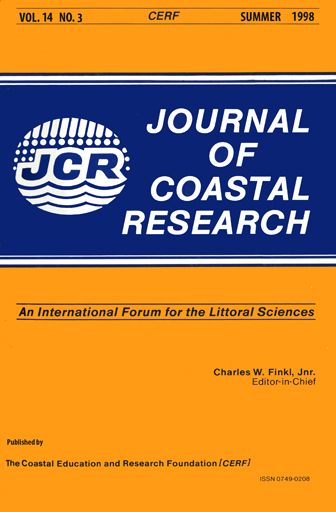Sediment Instability in the Mississippi River Delta
Keywords:
Mudlumps, sediment instability, James P. Morgan, Mississippi River DeltaAbstract
One of the first major studies conducted by James P. Morgan was the examination of the structure, nature and origin of mudlumps. The origin of these features, which are virtually unique to the Mississippi River delta, had been the subject of much debate since they were first reported in 1528. Morgan and his colleagues concluded that they are small diapirs that have resulted from upthrusting of plastic clays in response to overloading by distributary mouth bar sands.
These mudlump studies led to further research into sediment instability across the subaqueous delta of the Mississippi. This research, much of it conducted by Morgan's students, was greatly enhanced as the petroleum industry began to work in deeper water. Eventually side-scan sonar and high-resolution geophysical techniques were added showing the complicated nature of the subaqueous delta front.
This paper summarizes the initial work of Morgan on sediment instability and mudlump format ion and discusses the sediment instabilities that occur on the subaqueous delta front off the river mouths.


